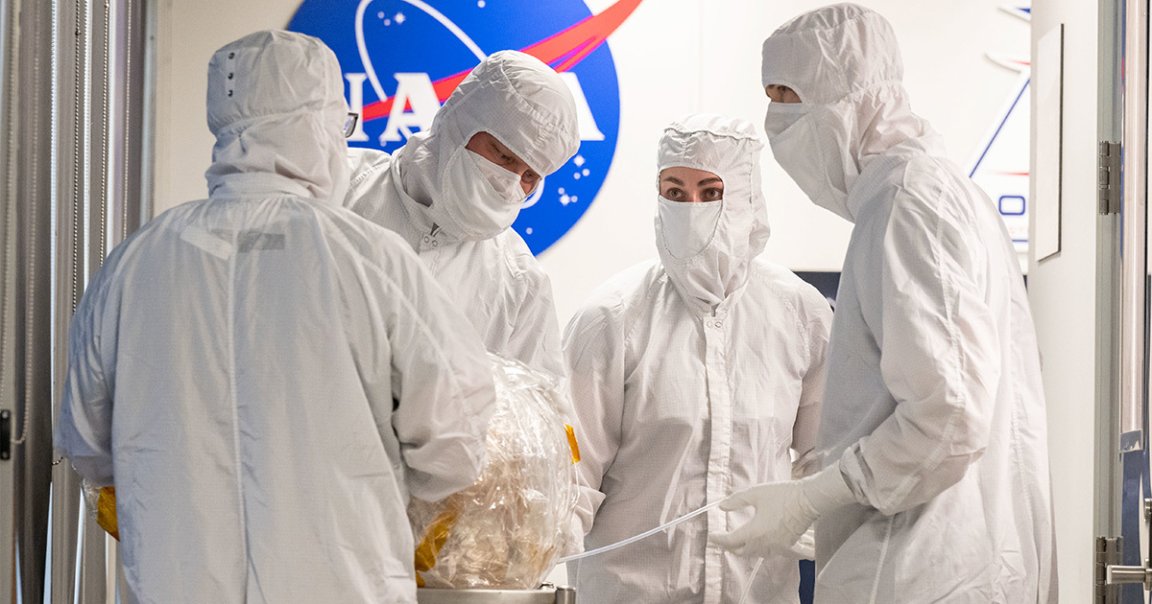
Technical Difficulties
NASA scientists are hard at work sifting through samples from an asteroid dating to the dawn of our Solar System, and what they’ve found so far has been fascinating.
As the journal Nature reports in a news brief, there has been some very peculiar asteroid dust gleaned from the US space agency’s first sample return mission to the asteroid Bennu — but researchers haven’t been able to test it all yet, because two of the screws in its high-tech canister still won’t budge.
After touching down at the end of September, the OSIRIS-REx capsule that collected dust samples from the ancient Bennu has proved to be a problem because two of the canister’s 35 screws are stuck. Though scientists have been able to extract more than 70 grams of space dust so far, there’s more in there that they can’t access.
“It’s kind of like Schrödinger’s sample,” joked Dante Lauretta, a University of Arizona planetary scientist who heads OSIRIS-REx’s scientific analysis, in an interview with Nature. “We don’t know what’s in there.”
Sing the Blues
As frustrating as the Fort Knox-esque canister conundrum has been, what has been analyzed so far has offered some pretty incredible results — though they too have left scientists with more questions than answers.
During a meeting of the American Geophysical Union held in San Francisco on December 11, Lauretta said that the Bennu samples he and his team have done early analyses on are unique even to the naked eye. Most of the material is black in color, but some has a bluish sheen to it — while other, smaller fragments are light in color and reflective in a way that makes them pop against the other pebbles brought back by OSIRIS-REx.
Those lighter-colored bits are magnesium, phosphate, and sodium per the early analysis, and that bright and brittle outer layer chips off to reveal darker rock beneath it, the UA planetary scientist explained. Wilder still: that combination is thought to be rare in asteroids, making it something of a “head-scratcher,” per Lauretta.
Also among the findings from the early Bennu analyses are what could be the building blocks of life: organic compounds containing carbon-carbon or carbon-hydrogen bonds. Meteorites found on Earth have had similar compounds, and as Nature explains, those carbon-rich minerals may have contributed to life on our planet.
Despite the technical difficulties, the Bennu samples are a big deal because, as Lauretta puts it, they represent the first time NASA has been able to physically handle such ancient materials.
“This alone makes the whole mission worthwhile,” the scientist said. “We now have abundant pristine material.”
More on asteroids: Incredible New Videos Show NASA Smashing Into Asteroid